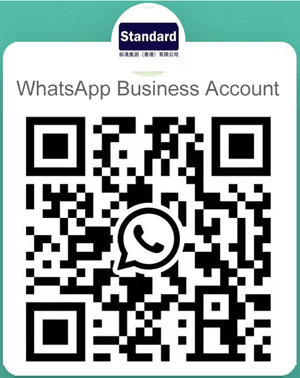
jumper wire
We are a manufacturer based in China. We specialize in providing high-quality jumper wire for industrial clients across various sectors. Whether you need chemicals consultation or technical support, our team is here to help.
Category:Special Chemical Materials Own Brand:MT /MOQ:100KG /From China/ B2B only.
Introduction
The ribbon jumper is widely used in the automatic nesting production of the AI processing industry; The commonly used specifications in the market include T-52, T-43, and T-26, and their wire cores can be made of tin plated copper wire or tin plated copper-clad steel wire.
The ribbon jumper can connect different electronic devices together to achieve functions such as data transmission, signal transmission, or power supply. For example, connecting a computer to external devices such as printers, monitors, and speakers, or connecting audio devices to speakers, headphones, etc. On the circuit board, ribbon jumpers can be used to connect different electronic components and achieve circuit connectivity. When the wires on the circuit board cannot be directly connected, ribbon jumpers can be used for connection to transmit current or signals in the circuit. In the power system, ribbon jumpers can be used to connect different cables or wires to achieve power transmission. For example, on power transmission lines, if different transmission lines or transformers need to be connected, ribbon jumpers can be used for connection. In communication systems, ribbon jumpers can be used to connect different communication devices and achieve signal transmission. For example, on a telephone line, if it is necessary to connect the machine to the telephone exchange, a patch cord can be used for connection.
Specification and size parameters:
The spacing between jumpers: 5.0 ± 0.50mm;
Adhesive tape width: 6.0 ± 0.50mm;
Width inside the tape: 52 ± 1.0mm;
Total width of jumper: 64 ± 1.0mm;
The length of the jumper inside the adhesive tape: 3.5 ± 0.50mm;
If you're ready to take the next step, Leave your message below and we’ll reply soon. 20+ years of chemical manufacturing & export experience, a partner you can trust.





